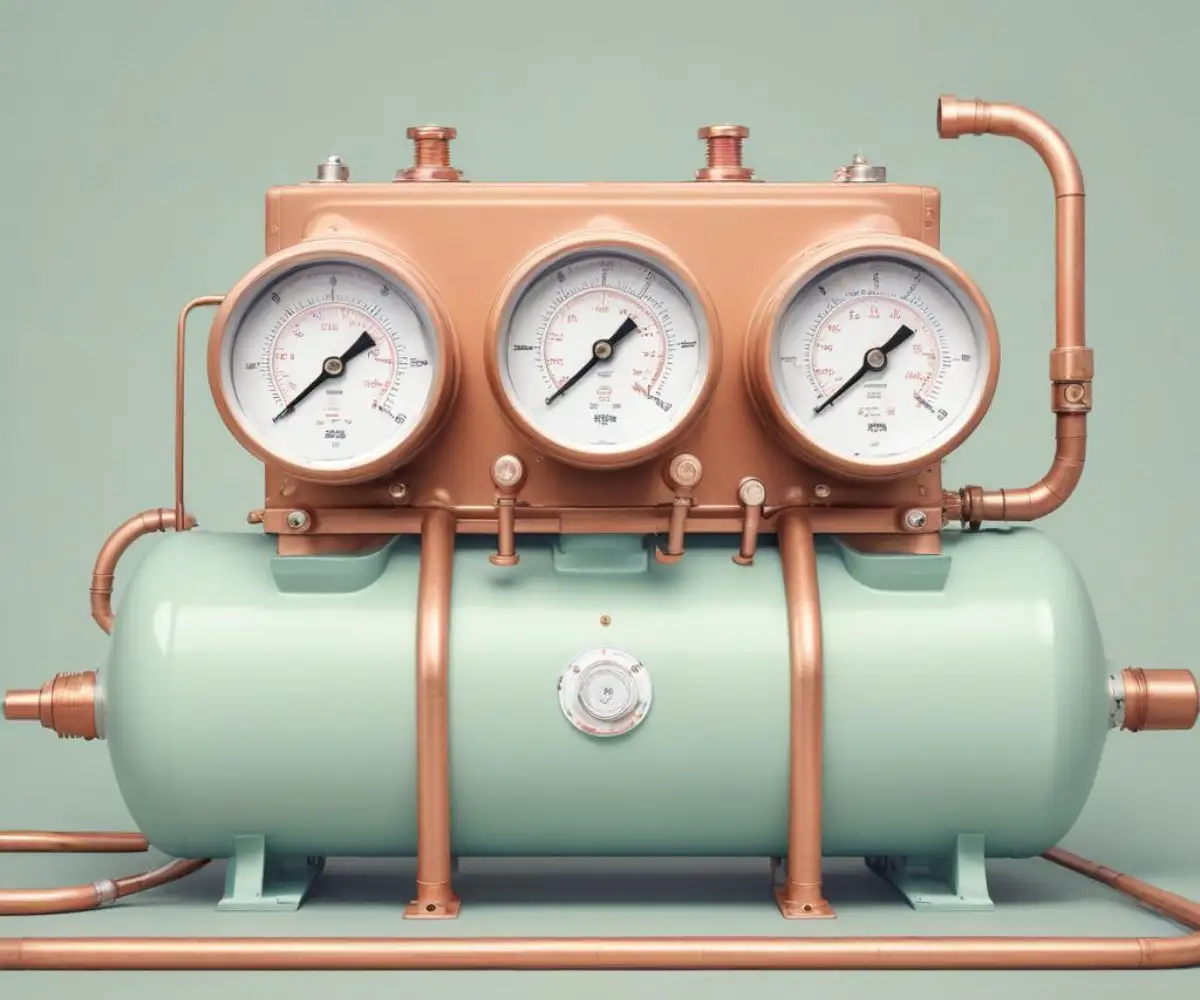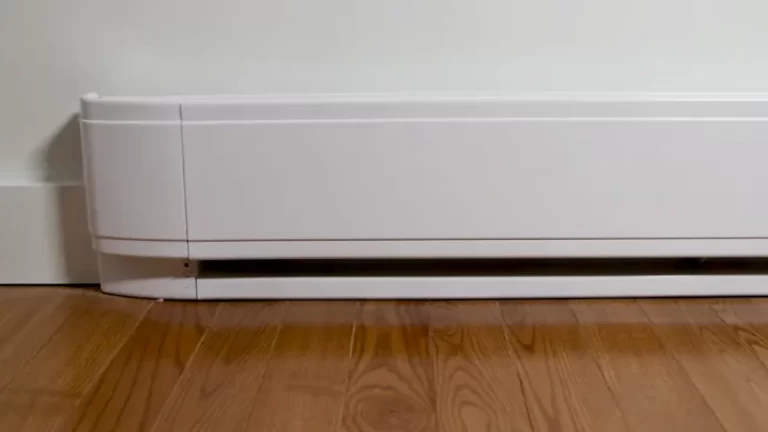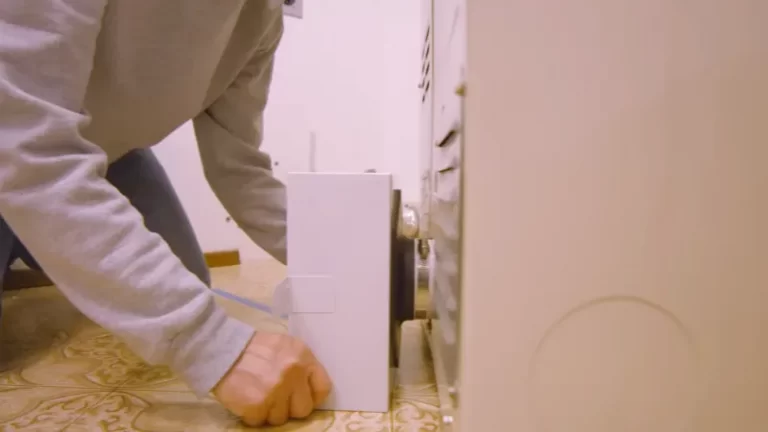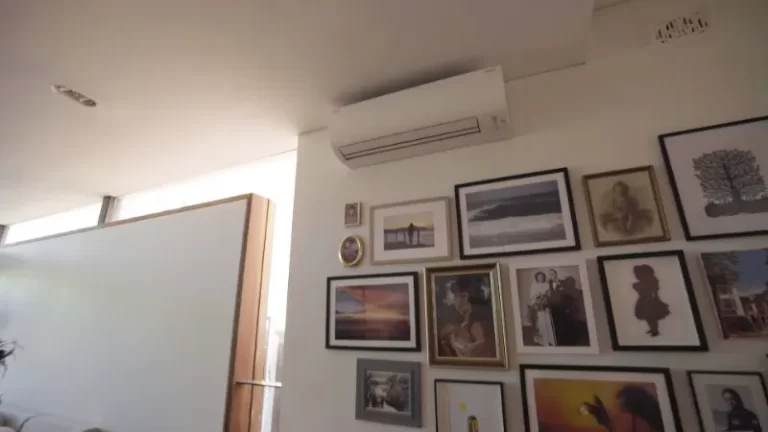A004 Compressor Shutdown Fix: Decode Discharge-Suction Trip
There’s nothing more disruptive than a critical system failing. When your equipment displays the A004 Comp.Shutdown Discharge-Suction Trip error, it’s not just an alert; it’s a full stop. This error indicates your compressor has shut down as a protective measure against potentially catastrophic damage. Understanding what this error means and how to address it is crucial for getting your system back online safely and efficiently.
This shutdown is a safety mechanism triggered by abnormal pressure readings within the refrigerant circuit. It signals an imbalance between the high-pressure side (discharge) and the low-pressure side (suction), forcing the system offline to prevent severe mechanical failure. Tackling this issue requires a systematic approach to identify the root cause and implement the correct solution.
You'll Learn About
What is the A004 Discharge-Suction Trip? A Deeper Dive
The A004 error code is a specific diagnostic alert, most commonly associated with systems like Rheem heat pump water heaters, indicating a compressor shutdown. The “Discharge-Suction Trip” portion of the error name points directly to the heart of the problem: the delicate pressure balance required for proper operation has been compromised.
To grasp the issue, it’s essential to understand the roles of discharge and suction pressure. Discharge pressure refers to the high pressure of the refrigerant vapor as it exits the compressor en route to the condenser. Conversely, suction pressure is the low pressure of the refrigerant vapor as it enters the compressor from the evaporator. These two pressures must remain within a specific range for the system to function correctly. When they deviate significantly, the system’s control board triggers the A004 shutdown to protect its most vital and expensive component—the compressor.
Uncovering the Root Causes: Why Your Compressor is Tripping
Several underlying issues can lead to the pressure imbalance that triggers an A004 fault. Identifying the correct cause is the first and most critical step in resolving the shutdown. From simple maintenance oversights to component failures, the reasons can vary widely.
Refrigerant Level Issues (The Usual Suspect)
The most frequent culprit behind pressure trips is an incorrect refrigerant charge. Both too much and too little refrigerant can disrupt the system’s equilibrium. An undercharge (low refrigerant) typically leads to low suction pressure, as there isn’t enough refrigerant circulating to absorb heat in the evaporator. An overcharge forces the compressor to work harder to push the excess refrigerant, leading to dangerously high discharge pressure.
Airflow or Water Flow Problems (The Silent Killer)
Your system relies on a constant flow of a medium (air or water) to facilitate heat exchange. If this flow is obstructed, heat cannot be effectively transferred, causing pressures to spike or drop. Common obstructions include dirty condenser or evaporator coils, clogged filters, or failing fan motors. In water-cooled systems, issues with pumps or cooling towers can produce the same effect.
Regularly cleaning coils and replacing filters are among the most effective preventive maintenance tasks you can perform to avoid these types of shutdowns.

Faulty Expansion Valve (TXV/EXV)
The expansion valve is a critical component that regulates the amount of refrigerant entering the evaporator. If this valve becomes stuck open, it can flood the evaporator with too much refrigerant, causing high suction pressure. If it’s stuck closed, it will starve the evaporator, leading to excessively low suction pressure. Diagnosing a faulty expansion valve often requires checking superheat and subcooling measurements, a task best left to a qualified technician.
Sensor and Transducer Failures (False Alarms)
Modern systems are heavily reliant on sensors to monitor operating conditions. A faulty pressure sensor or thermistor can send incorrect data to the control board, tricking it into initiating a shutdown even when pressures are normal. Users have reported instances where corroded connectors on thermistors were the root cause of an A004 error, highlighting the importance of checking the monitoring components themselves.
Your Step-by-Step Troubleshooting and Solution Guide
When faced with an A004 shutdown, a methodical approach to troubleshooting can help you isolate the problem quickly. Start with the simplest and most common issues before moving on to more complex diagnostics.
Step 1: Initial System Checks (The Basics)
Before diving into the refrigerant circuit, perform a thorough visual inspection. Check for obvious issues like a dirty air filter or debris blocking the condenser unit. Ensure all fans are operational. In some cases, simply cleaning a clogged filter screen is enough to resolve the error and restore normal operation.
Step 2: Analyzing Your Gauges (The Professional’s View)
For technicians, the next step is to connect a manifold gauge set to analyze the system’s pressures. The readings will provide critical clues about the underlying problem. The table below outlines common pressure scenarios and their likely causes.
| Discharge Pressure | Suction Pressure | Potential Cause |
|---|---|---|
| High | High | Refrigerant overcharge, non-condensables in the system, or a dirty condenser coil. |
| High | Low | Restriction in the system (e.g., clogged filter drier) or a faulty expansion valve. |
| Low | High | Inefficient compressor (e.g., worn piston rings or bad valves). |
| Low | Low | Refrigerant undercharge (leak) or a restriction in the metering device. |
Step 3: Systematic Component Testing
Based on your initial checks and pressure readings, you can begin to test individual components. Thoroughly clean the evaporator and condenser coils. Verify that fans and pumps are running at their correct speeds and providing adequate flow. A simple cleaning can often resolve pressure issues caused by poor heat transfer.
If you suspect a sensor issue, inspect the wiring and connectors for signs of damage or corrosion. Testing the sensor’s resistance or voltage output against the manufacturer’s specifications can confirm if it is functioning correctly.
Step 4: Advanced Diagnostics (When to Call a Pro)
If the basic checks do not reveal the problem, it’s time for more advanced diagnostics, which often require professional expertise and tools. This includes performing a leak detection test if an undercharge is suspected or measuring superheat and subcooling to diagnose an expansion valve issue. Tackling these complex problems requires a deep understanding of the refrigeration cycle, and deciding on a budget for professional help is a practical next step; in fact, you might wonder if you should tell a contractor your budget to ensure you receive a clear and comprehensive quote for these advanced services.
Preventive Maintenance: How to Avoid the A004 Nightmare
The most effective way to deal with an A004 shutdown is to prevent it from happening in the first place. A consistent preventive maintenance schedule is your best defense against unexpected failures. Regularly cleaning or replacing filters is the single most important task. Additionally, keeping condenser coils free of dirt and debris ensures proper heat transfer.
Scheduling an annual inspection with a qualified technician allows for a more thorough check-up. A professional can verify the refrigerant charge, inspect electrical components, and test system controls to catch potential issues before they lead to a critical shutdown. This proactive approach not only enhances reliability but also improves efficiency and extends the lifespan of your equipment.
Ultimately, the A004 Comp.Shutdown Discharge-Suction Trip is a critical safety alert designed to protect your system. By understanding its causes and following a structured troubleshooting process, you can effectively diagnose and resolve the issue, minimizing downtime and preventing costly repairs. Prioritizing regular maintenance will ensure your system continues to operate reliably and efficiently for years to come.



